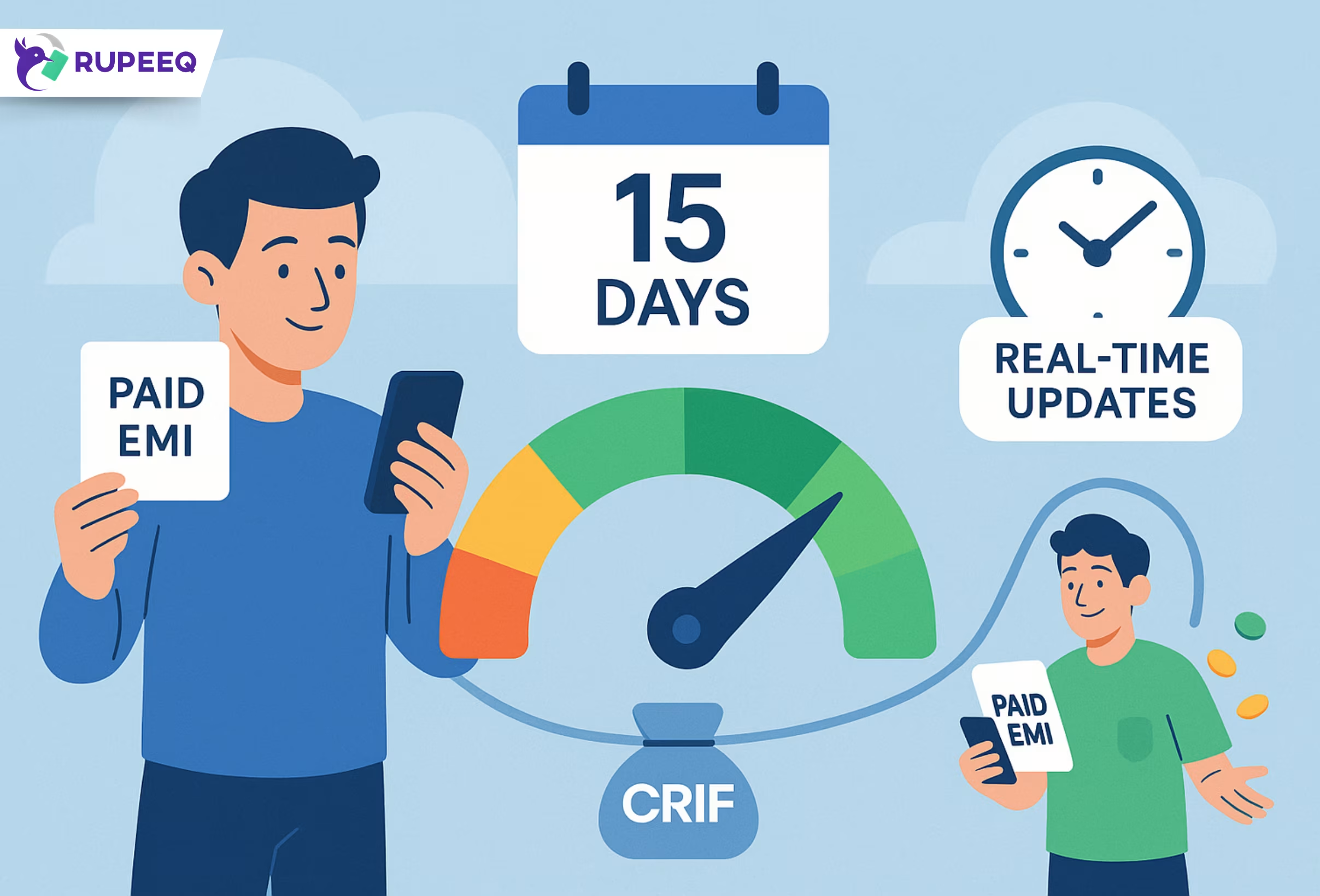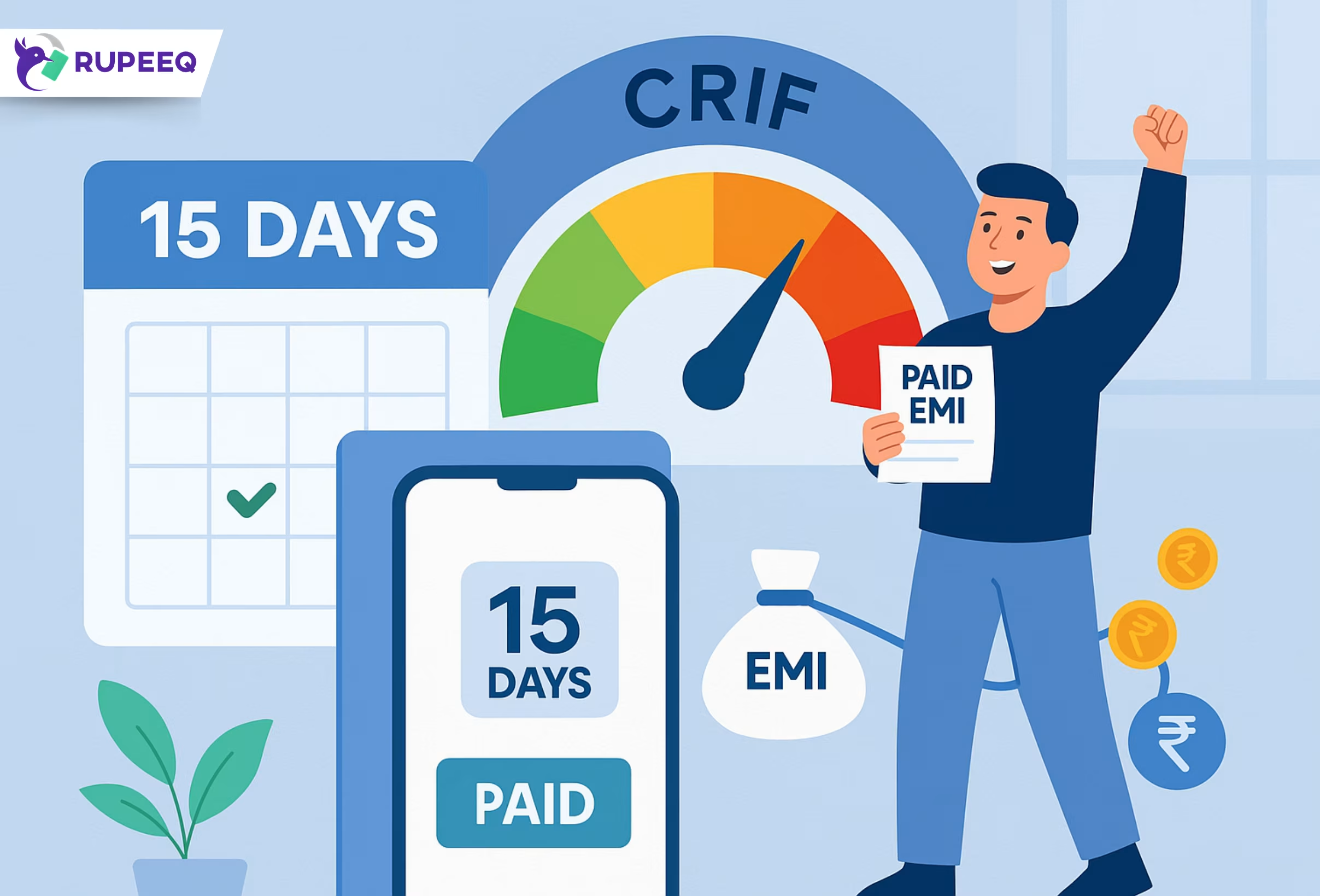Keeping a close eye on your credit report is not just a good financial habit — it’s essential, especially if you plan to apply for loans or credit cards. Your CRIF report, powered by one of India’s leading credit bureaus, contains detailed information about your borrowing history, repayment behavior, and overall creditworthiness. If you want to make smarter financial decisions and unlock better loan offers, learning how to monitor your CRIF report like a pro is the first step.
Let’s break it down in a simple, actionable format.
What Is a CRIF Report and Why Should You Monitor It?
Your CRIF credit report is a consolidated record of your credit activity — loans taken, EMIs paid, missed repayments, credit utilisation, and more. Lenders rely on this data to evaluate your creditworthiness.
Monitoring your CRIF report regularly can help you:
- Detect errors or fraud early.
- Improve your credit score.
- Time your loan applications smartly.
- Avoid unnecessary rejections and score dips.
How Often Should You Check Your CRIF Report?
You should check your CRIF report at least once every quarter, but if you’re actively applying for loans or managing multiple EMIs, do it monthly. Since RBI’s new 15-day credit reporting cycle (effective Jan 1, 2025), updates happen more frequently — giving you more real-time insights.
RupeeQ Tip:
If you’ve just cleared an EMI or corrected an error, wait for the 15-day window to reflect the change before rechecking your score.
Steps to Monitor Your CRIF Report Efficiently
Here’s how to go about it like a pro:
1. Use a Trusted Platform Like RupeeQ
You can check your CRIF score easily via RupeeQ — it’s free, fast, and powered by CRIF itself. All you need is your PAN number and basic KYC details.
2. Set a Reminder Every 15 Days
With RBI’s revised mandate, lenders now update CRIF reports every 15 days. You don’t need to check your report daily — but tracking changes bi-monthly gives a near real-time view of your credit profile.
3. Understand the Key Sections of the Report
Here are the important parts to focus on:
| Section | What to Look For |
| Credit Score | Ranges from 300–900. A score of 750+ is ideal. |
| Personal Details | Make sure your PAN, name, and DOB are accurate. |
| Account Information | Check active loans, payment history, overdue EMIs. |
| Enquiry Information | Track who’s checked your credit recently. Too many hard pulls? Time to pause. |
| Credit Utilisation | Aim to keep it below 30% of your credit limit. |
4. Watch Out for Red Flags
- Missed or delayed payments.
- Loans you didn’t apply for.
- Outstanding amounts on closed loans.
- High credit utilisation ratio.
If you spot any of these, act fast.
What to Do If You Spot an Error in CRIF Report
Mistakes happen. You might find:
- Incorrect loan status.
- Wrong personal info.
- Enquiries you never made.
Here’s what to do:
- Raise a dispute directly on the CRIF website.
- Attach proof (e.g., closure letter, payment receipt).
- Follow up every 7 days until resolved.
RupeeQ Tip:
Keep a screenshot or PDF of your report before and after the update — this helps in case you need to show time-stamped proof to lenders.
Benefits of Pro-Level Monitoring of Your CRIF Report
By actively tracking your report, you can:
- Improve your chances of getting better loan terms.
- Spot identity theft or fraud early.
- Plan home loan or personal loan applications better.
- Improve your score strategically over time.
How RupeeQ Makes Credit Monitoring Smarter
RupeeQ doesn’t just show you your CRIF score — it helps you act on it. Here’s how:
- Smart Recommendations: Based on your score, RupeeQ suggests short term personal loans or credit cards you’re more likely to get approved for.
- Error Tracking: If your report hasn’t updated as expected in 15 days, RupeeQ alerts you to follow up.
- Credit Health Insights: Helps decode what’s pulling your score down — like too many enquiries or overdue EMIs.
Checklist to Monitor Your CRIF Report Like a Pro
Here’s a simple checklist you can follow every month:
| Task | Done |
| ✅ Checked credit score on RupeeQ | |
| ✅ Reviewed open and closed loans | |
| ✅ Verified EMI payment status | |
| ✅ Flagged any errors or mismatches | |
| ✅ Confirmed credit card usage is <30% | |
| ✅ Noted any unusual enquiries | |
| ✅ Set reminder for next check (15 days later) |
Final Thoughts
Monitoring your CRIF report isn’t just a financial chore — it’s a habit that builds long-term credit strength. With RBI’s new 15-day update cycle and platforms like RupeeQ offering instant access to reports, there’s no reason to stay in the dark about your credit status. Whether you’re planning a big loan or simply improving your financial discipline, keeping tabs on your CRIF report is a powerful tool in your financial journey.
Let RupeeQ be your credit-checking companion — because informed borrowers make smarter decisions.







